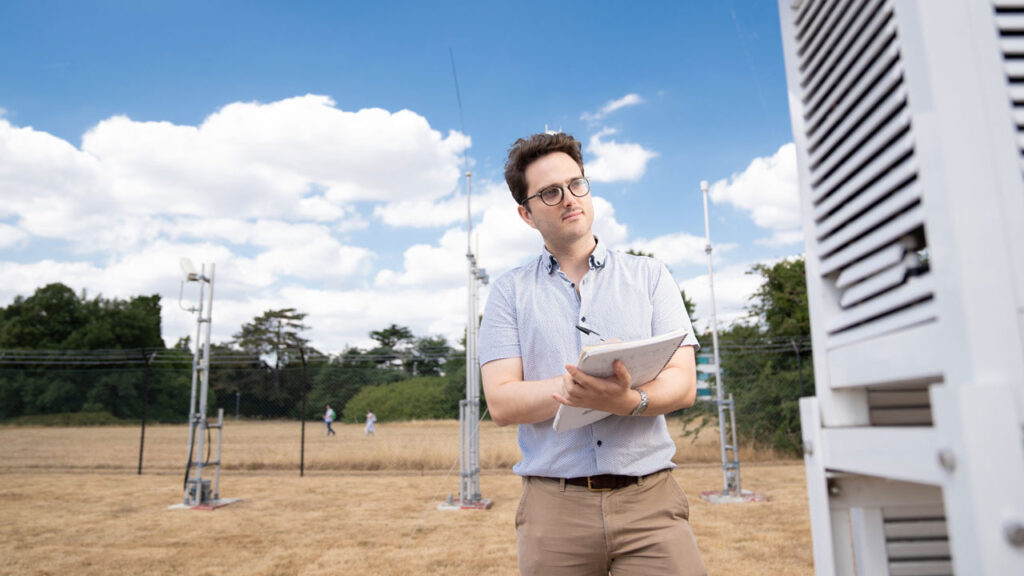
How scientists are aiming to forecast weather one month in advance
Atmospheric scientists are teaming up to develop weather forecasts up to four weeks ahead.
The University of Reading is working to better understand the predictability of weather worldwide, in partnership with the European Centre for Medium-Range Weather Forecasts, the Met Office, and the National Centre for Atmospheric Science. Their new research programme, known as Advancing the Frontiers of Earth System Prediction (AFESP), aims to create accurate and reliable forecasts for weather one month ahead.
Improving long-range weather forecasts
At the moment, meteorologists are able to make useful forecasts up to one week in advance. “A major goal of our work is to be able to say what the weather will be like a month ahead,” explains Rowan Sutton, climate scientist at the National Centre for Atmospheric Science and the University of Reading.
“It will not be possible to predict one month ahead whether a particular day will be sunny or rainy. However, we hope to be able to say we are likely to experience a period of very wet and windy weather – or enjoy sunny weather – four weeks in advance” he adds.
Improving the accuracy of weather forecasts
The AFESP team is paying close attention to the variables involved in calculating weather patterns, and making use of vast quantities of meteorological data.
What is involved in creating a weather forecast? Data from weather stations across the world, deepwater buoys, weather balloons, transponders on aircraft and ships and sensors on satellites, feeds into numerical models that run on some of the world’s largest supercomputers. Forecasting models use mathematical equations, taking into account a huge number of variables, to predict how current weather conditions will evolve and move in the near-future. These model predictions feed through onto apps and websites as weather forecasts for the public.
By including more data, and more variables in the data used to create weather predictions, the AFESP researchers are tackling uncertainties in forecasts – especially the longer-term ones.
“We are starting to resolve things at finer and finer resolutions, not just in the atmosphere and on the land surface, but also in the oceans, which gives us a much better understanding of how these two fluids transport heat from the equator to the pole and influence the ways that storms develop and bring winds and rain to our shores.
That new physical understanding will also help improve our forecasts,” explains Pier Luigi Vidale, climate scientist at the National Centre for Atmospheric Science and the University of Reading.
He adds: “At present, we don’t fully understand how predictable the real world is. So we are trying to develop a new theoretical understanding of what the main drivers are, and use that to find out what are the limits to predictability. But it is not just an intellectual exercise. If we get this right, we are going to make a huge, huge difference to people’s lives.”
Forecasting extreme weather with climate change
As climate change continues to worsen and more extreme weather events occur, accurate weather forecasting is becoming increasingly important.
Extreme weather events such as storms, floods and droughts can cause billions of pounds worth of damage, and can be a risk to lives. Knowing far enough in advance that a particular weather event may occur allows for time to prepare against the event, helping to protect infrastructure, lives and livelihoods.
